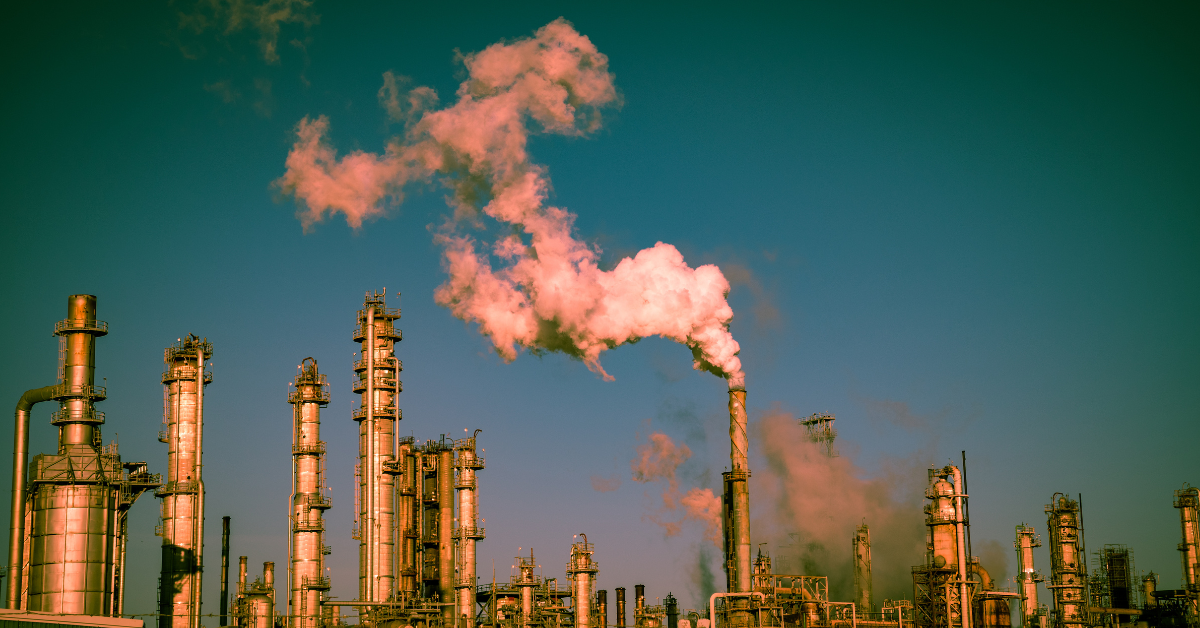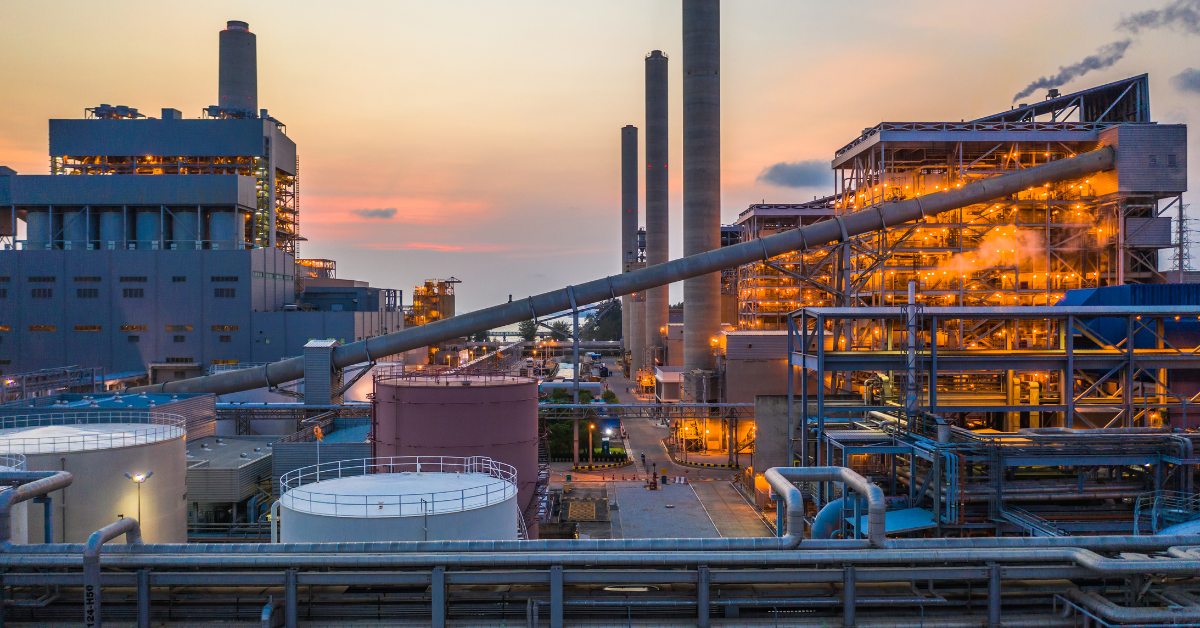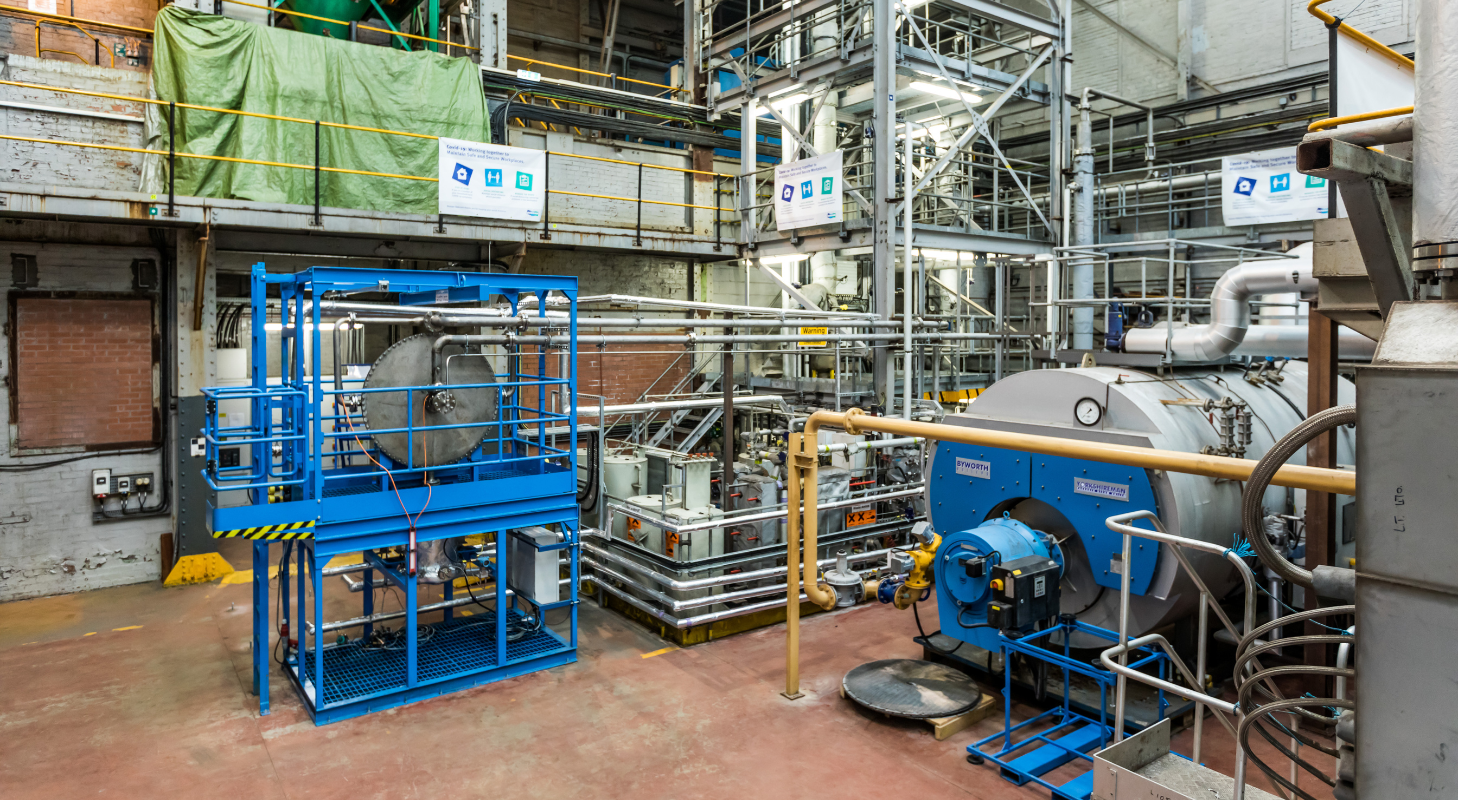As all innovators will tell you, bringing a new technological solution to life requires taking quick action and a lot of time. The road from invention to full commercialisation, the point where a product can truly start having its intended impact, is packed with opportunities to learn and adapt.
This is the journey the Carbon Clean team and I have been embracing as we reach the final stage of the commercialisation of our revolutionary CycloneCC technology.
Launching our columnless modular CycloneCC C1 series in October verified everything we set out to achieve when we first unveiled CycloneCC. We’ve made the leap from lab-scale innovation to industrial demonstration, and we’re now at the penultimate stage of commercialisation. The CycloneCC C1 series is available in concentrations of CO2 in the flue gas ranging from 3% to 20%, capturing up to 100,000 tonnes of CO2 per year. We’ve replaced every column used in conventional carbon capture solutions with rotating packed bed (RPB) technology, delivering a height reduction of 70% and reducing the steel required by 35%. The columnless, modular design enables it to be mass produced, then delivered in road-truckable modules to be installed at a customer site in a matter of weeks.
As with solar panels and EV batteries, repeatability is the key to mass adoption. We’ve achieved a similar transformation in carbon capture with the CycloneCC C1 series, by creating a replicable unit with a substantially smaller footprint that can be rolled out at scale. Using RPBs to eliminate columns as part of a fully modular design shrinks the unit footprint by up to 50% compared to conventional carbon capture plants, with its largest equipment sizes reduced by a factor of 10. We’ve also cut the total installed cost of carbon capture by up to 50%.
I had the pleasure earlier this year of sharing our CycloneCC C1 series milestone with customers at ADIPEC. To say that carbon capture is now an indisputable part of the energy transition is a given. But even more important is that industrial players are now integrating the technology directly into their decarbonisation plans. Early movers and first adopters are crucial to technological advancement. Close collaboration between hard-to-abate industries, technology providers, government and the investment community are crucial to getting pioneering projects off the ground. Learnings from these FOAK projects will accelerate technical innovation.
Taking a step back, I like to remember what we originally set out to do with this technology and why. Our goal for CycloneCC has always been to use cutting-edge innovation to respond to customer feedback. We heard repeatedly how companies could not afford to implement time-intensive and costly carbon capture projects, as they were disruptive to their core operations. So it makes me incredibly proud to be able to say today that we’ve managed to overcome these barriers by providing a columnless, fully modular and scalable solution that eliminates the longstanding barriers that have previously held back carbon capture: cost and space.
We’ve been able to put our technology into practice in industrial settings. Data from our CycloneCC industrial demonstrations – both those under way and lined up in Canada, the Middle East and Europe – will continue to power our technical innovation.
Delivery is key to making innovation a reality. This year, we completed our end-to-end supply chain for CycloneCC thanks to our partnership with Julius Montz, a German company fully owned by global engineering company Koch Engineered Solutions (KES). A robust supply chain gives us control over the manufacturing process, and means we can offer our customers flexible, scalable solutions dependent on their decarbonisation needs. We have also strengthened our manufacturing and fabrication capability with a partnership with Celeros Flow Technology, which means we can offer our customers flexible, scalable solutions dependent on their decarbonisation needs.
So where do we go from here? Our customers and investors are excited by our technology roadmap, which means delivery remains key for 2025. In the years ahead, my priority is for Carbon Clean to develop a complete, ready-to-order and standardised carbon capture solution for global hard-to-abate sectors. Repeatability is key to mass adoption, as demonstrated with solar panels and EV batteries. A repeatable design that can be produced at scale is what brings down cost.
For next year my goal is to achieve final investment decision (FID) for a CycloneCC C1 commercial scale unit, paving the way for much larger units and substantially decreasing the total cost of ownership of carbon capture technology. We can do this by pulling three key levers:
- CapEx – Rotating packed beds (RPBs) and process intensification reduces mass transfer equipment by 10x. The ability to scale RPBs is key. Last year we deployed an industrial demonstration unit, and now the CycloneCC C1 series uses RPBs to replace all columns found in conventional solutions, capturing up to 100,000 tonnes of CO2 per year.
- OpEx – Our patented formulation of amine-promoted buffer salts improves on conventional solvents. I’m also excited about our next-generation solvent under development set to be a major chemistry breakthrough.
- Operations & maintenance (O&M) – Improving operational intelligence is key to addressing O&M costs. And we’ve been doing exciting work to integrate the benefits of AI to optimise our carbon capture plants. From reducing operation costs to increasing efficiency even further, there will be more to come in 2025 from this rapidly advancing technology.
As I look ahead to the next phase of innovation, I truly believe that deploying C1 will permanently transform our business offering. In this final commercialisation stage, we will be laser-focused on reducing costs, rolling out our end-to-end supply chain, and leveraging technology to support our customers’ decarbonisation plans. Watch this space, because there’s plenty more to come from Carbon Clean in the next 12 months!



